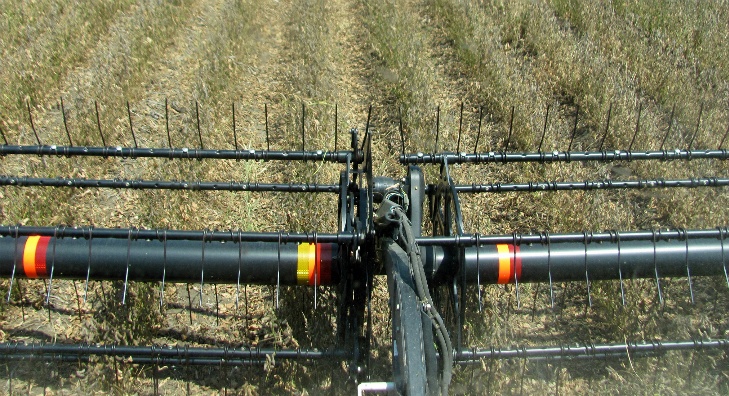Tornadoes rip through Northeast Arkansas; floods may impact early planting season
by February 26, 2018 6:04 pm 287 views

Photo credit: University of Arkansas System Division of Agriculture
An EF-1 tornado ransacked parts of rural Mississippi County near the town of Keiser on Saturday night and the entire region was deluged with heavy rains. One person in the Knobel area was killed. Another tornado was reported in Clay County, but no damage was reported.
“It was on the ground for about four miles and had sustained winds of 90 miles per hour,” Salem said of the tornado in Mississippi County.
Later reports suggested winds reached 115 miles per hour.
Mississippi County extension agent Shawn Lancaster had heavy damage to his home at Keiser after the twister hit. Lancaster was home when the storm hit while his family was at a basketball game in Melbourne. His only warning came from a pet.
“The only warning was the cat running around like crazy. I got up to check on her and that’s when the windows starting busting and the lights went out,” he said. “The pressure was so tremendous, I staggered trying to get to the safe room,” he said.
The tornado blew all the back windows out and I have a lot of water damage on the inside. he said. His shop in the backyard was completely leveled.
Chuck Wilson, director of the Northeast Research and Extension Center at Keiser, examined some of the twister damage. Two homes received heavy damage, but both were vacant. One building was missing walls on two sides and both had significant roof damage.
Up to six inches of rain has fallen in nearly every part of Northeast Arkansas during the last five or six days, and flooding in low-lying crop fields remains an issue, Salem said. Flooding has been worse in other parts of the state. Between Feb. 20-25, parts of Arkansas received up to 10.55 inches of rain. Meteorologist Hayden Nix from KARK-TV in Little Rock calculated the state received 6.7 trillion gallons of water, an amount the NWS called “simply staggering,” according to the University of Arkansas Extension Office. By comparison, an Olympic-sized swimming pool holds 660,430 gallons of water.
Winter wheat is likely the only crop impacted by this round of rains, but the fields are muddy and soaked and the forecast will provide no relief, Salem said. Another two to four inches of rain could fall later in the week. It’s still early for most crop planting, but fields will need a sustained dry period, and springtime rains are common.
“You can’t plant in this stuff … you’ll get your tractor and yourself stuck in the mud,” he said.
The mud is causing other problems for row crop growers on the verge of growing season, said Phillips County extension agent Robert Goodson. The weather has helped with weeds, but has hindered farmers spraying burndown herbicides in preparation for planting
“I have had several phone calls about wheat needing fertilizer and the ground is too wet,” he said. “We are in a waiting mode to see if ground can get dry enough to put fertilizer out by the weekend.”
Row crops are not the only agricultural commodity in peril. The Ouachita River at Camden is predicted to reach a crest of 41.5 feet by Tuesday, the seventh highest stage on record. The Ouachita forms the western boundary for timber-heavy Calhoun County.
“Many loggers are on hold right now,” said Jaret Rushing, county staff chair for the University of Arkansas Division of Agriculture. “I visited with one local logger on Saturday and they have been put on hold until Wednesday at the earliest. Right now, in our rural areas, I feel worst for those people with houses in the flood plain. There are residents of the southern part of this county that are boating in and out of their roads, some up to six miles before they park their boats on the side of a levee/main highway and jump in their trucks to go to work. It’s a way of life, but the inconvenience is immeasurable.”
Another round of heavy rain was forecast for Tuesday night into Wednesday with central and southern Arkansas expecting 2-4 inches of rain, with some severe weather possible, the NWS reported.
